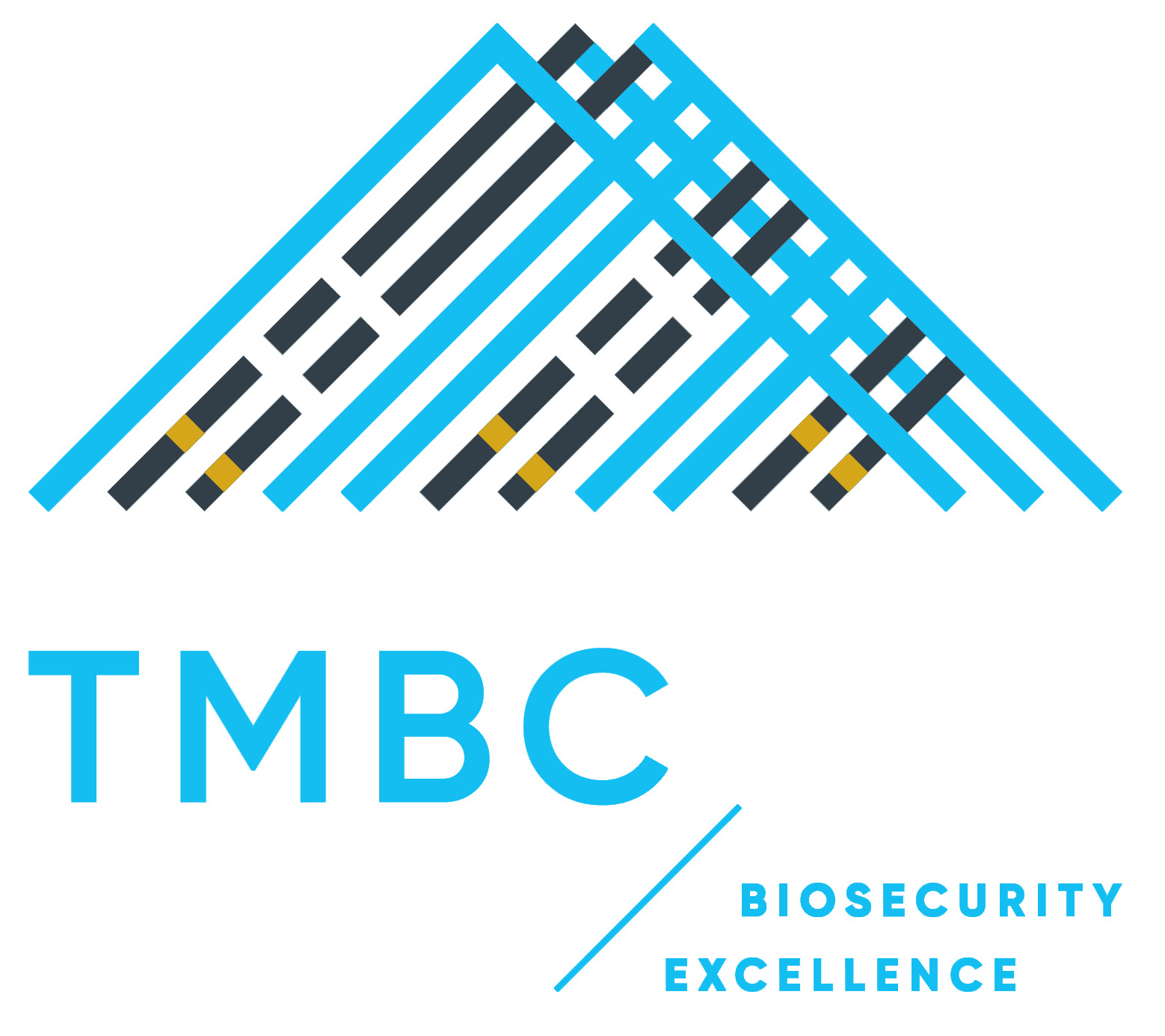Biosecurity New Zealand conducted a summer survey of Tauranga Harbour from the 14th-18th of February and no new-to-New Zealand species were detected. This survey is part of a national surveillance programme that searches for non-native marine organisms that could impact on our marine environment, kai moana, economy and wider values that marine and coastal areas provide for us all. Further information on the marine surveillance programme can be found here.
What was discovered during this survey?
The bryozoan Thalamoporella California was detected for the first time in Tauranga Harbour. It was detected at Sulphur Point Marina and Tauranga Bridge Marina (1 of 30 diver search locations and 2 of 26 shore search locations). This species has been previously detected in Rangaunu, Waitematā, and Whangārei harbours.
Other non-indigenous marine species that have been found previously included the:
- crab Charybdis japonica
- bivalve Limaria orientalis,
- macro-algae Grateloupia turuturu, Undaria pinnatifida
- ascidians Polyandrocarpa zorritensis, Didemnum vexillum, Botrylloides diegensis, Botrylloides giganteum, Ciona intestinalis, Ciona savignyi,Clavelina lepadiformis
- bryozoans Celleporaria nodulosa
- hydroid Ectopleura sp.
If you want to map the current nationwide distribution of any marine species mentioned click here
Why does Tauranga have marine pests?
It is likely that non-native species arrived via vessel biofouling, either on the external hull or within sea chests, or via ballast water. When fouled vessels, dirty equipment (such as fishing gear) or ballast move around the country, there is a high likelihood that marine pests are transported with them. To prevent the introduction and spread of non-native species ensure your hull is clean before you depart, and before you arrive back, not only to protect the areas you are travelling to, but also information on the role that boat owners play in stopping the spread of marine pests, and how to clean equipment.
For help identifying marine pests please refer to New Zealand’s marine pest guide.
Further information and updates on findings
If you are interested in receiving these updates, please contact Abraham Growcott:
abraham.growcott@mpi.govt.nz
